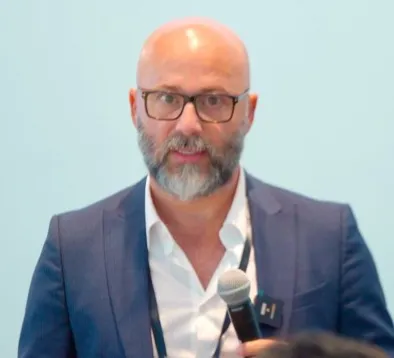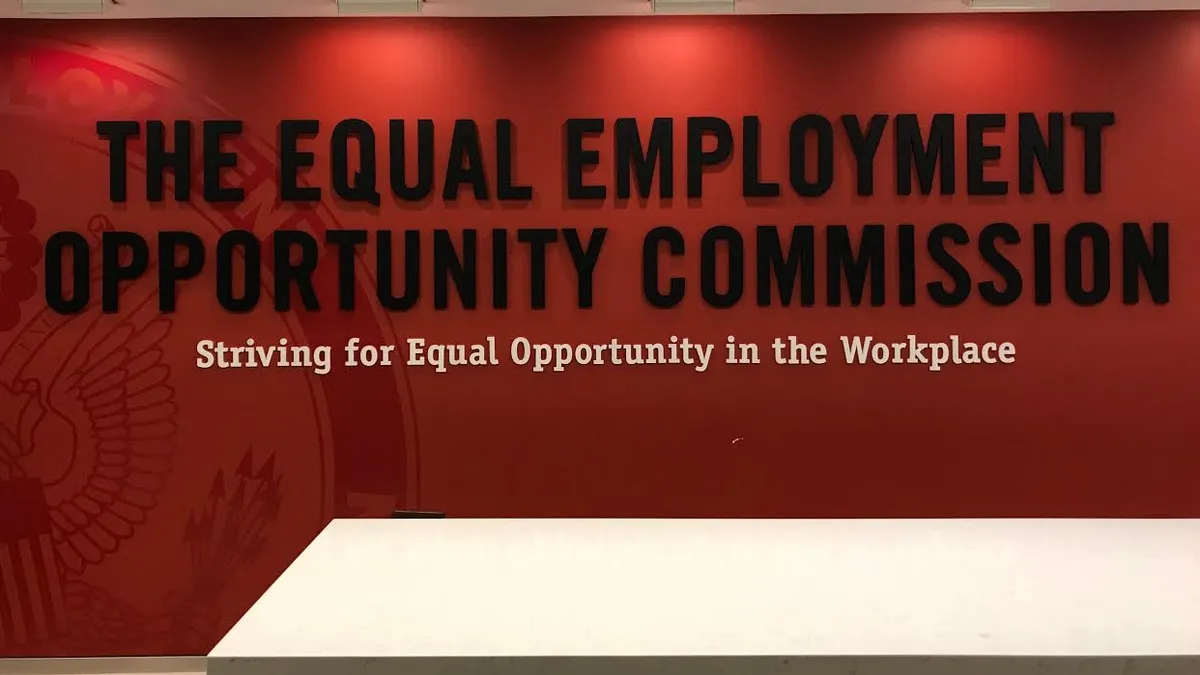Verifying the credentials of job applicants and maintaining employee career records can be time-consuming, prone to errors and fragmented across different systems and departments.
To handle these challenges, a growing number of organizations are investigating how blockchain technology can help via the Velocity Network Foundation, a nonprofit membership organization.
The foundation’s members include the Society for Human Resource Management (SHRM), Aon, Korn Ferry, Randstad, SAP and UKG, among others.
Proponents believe the use of blockchain in the employment and HR space is a game-changer that will reinvent how job credentials are shared between individuals and organizations.
They say blockchain will help recruiters and employers verify candidate credentials through a platform that is secure and that reduces the likelihood of credentials, such as education or work experience, being faked or altered.
“Tech allows us to tackle these problems head on,” Dror Gurevich, the founder and CEO of the Velocity Network Foundation, told Legal Dive in an interview.
Guillermo Corea, managing director of SHRMLabs, said in an interview that Velocity’s technology will “revolutionize the workplace.”
What is the Velocity Network?
The Velocity Network is a decentralized, blockchain-based system that allows individuals to own and control their education and career records, while also enabling employers and others to access and verify the information.
Blockchain stores data in a secure and decentralized way across a network of computers.
Each block in the chain contains a number of transactions, and each block is linked to the previous block through a cryptographic hash function. This creates a continuous chain of blocks, hence the name "blockchain.”
Because the ledger is distributed across a network of computers, there is no single point of failure or central authority controlling the system.
Transactions are verified and recorded by a network of independent servers that store a copy of the data. Every participant in the network has a copy of the entire blockchain, which is updated in real time.
The network allows individuals to store information on digital wallets and share the information with prospective employers and other parties.
The credentials are issued to individuals by schools, former employers and credentialing or licensing organizations.
Eliminating siloes
Currently, applicant credentialing information is “siloed,” and independent services verify the information on an ad-hoc basis, said Alex Chudnovsky, vice president, product strategy for SAP.
Using the Velocity Network, employees control the data and decide who can access the information.
“When the individual is sharing their credentials with a specific third party, this third party can access the blockchain, grab the verification key and verify the credentials,” Gurevich said.

Meanwhile, when a worker upskills or moves to a new employer, that information, including its verification, can be made available through the network.
"The individual can setup their connection to an employer they have shared their credentials with so that this employer will be notified for any change or addition to the credentials,” Gurevich said.
Additionally, as an employee moves to new jobs, including in other countries, the worker can carry those already verified credentials with them, Corea said.
The Velocity platform is free and publicly available to individuals, but other users must pay a fee. The costs will be much lower than the processes in place today, Gurevich said.
What’s in it for employers?
Blockchain technology is expected to greatly reduce the administrative burden for employers.
“The three big value propositions that Velocity provides are reducing the cost of hiring, reducing the time to hire and increasing the quality of the hire,” according to Deb Everhart, chief strategy officer for Credential Engine.
The recruitment process is streamlined because the job candidate’s credentials are already stored privately on the individual’s wallet.
Once a credential such as a degree has been obtained, it is verified and goes on the blockchain and doesn’t have to be verified again.
Readily available digital credentials allow employers to make faster hiring decisions, an important consideration when an organization is hiring for a highly skilled role, Corea said.

Corea noted that a background check can take weeks. “That’s a period in which the candidate could potentially get hired by another company,” he said.
If the background information is in the blockchain and verified, then employers don’t have to conduct a lengthy background check.
Corea mentioned that a lot of skilled people are leaving Ukraine right now. If an individual is a highly skilled professional such as a doctor—and information about their licenses and certification is on the blockchain—then employers can easily check their qualifications.
Credentials that are already verified and easily available can also prevent a mismatch between applicants and job requirements.
No faking
Meanwhile, a 2017 survey by HireRight revealed that 85% of HR and related professionals found exaggerations on resumes, an increase from the 66% reported in 2012.
Once a credential is recorded to the blockchain, it can’t be changed or faked. Embellishment is not a possibility, Corea said, because the information must be verified by other sources.
For example, if a worker lists on their resume that they have an MBA from a certain school, then that information should be verified on the blockchain.
“That’s how this technology is going to dramatically revolutionize the workplace,” Corea said.
Tamper-proof
Advocates also say blockchain technology is resistant to tampering and hacking.
The Velocity platform employs encryption and authentication protocols to protect the privacy and security of personal data, and it also offers granular access controls and audit trails to track and monitor data usage.
Data privacy and obtaining consent is less cumbersome through use of the Velocity Network, Gurevich said.
Sourcing records from third parties can become “extremely complicated,” he said. However, all of this is “embedded by design in the first-party data transaction” used by the network.
Gurevich also said employers who use the Velocity Network can show they weren’t negligent in hiring.
The “credentials that are cryptographically secured by the protocol and utility layer are tamper proof.”
“It’s as if you called the university to confirm,” he said.


















